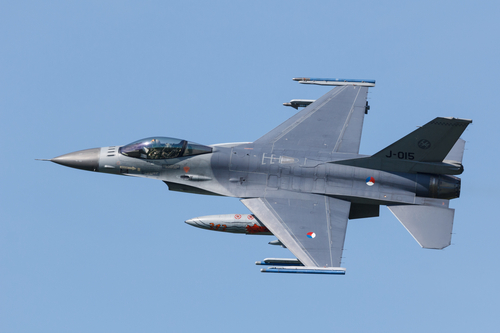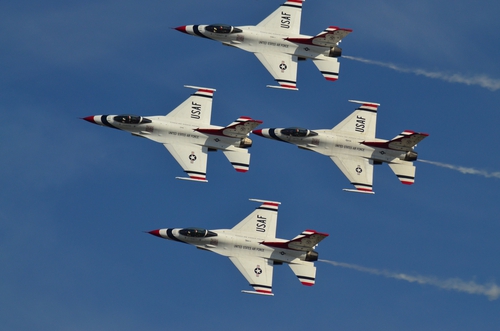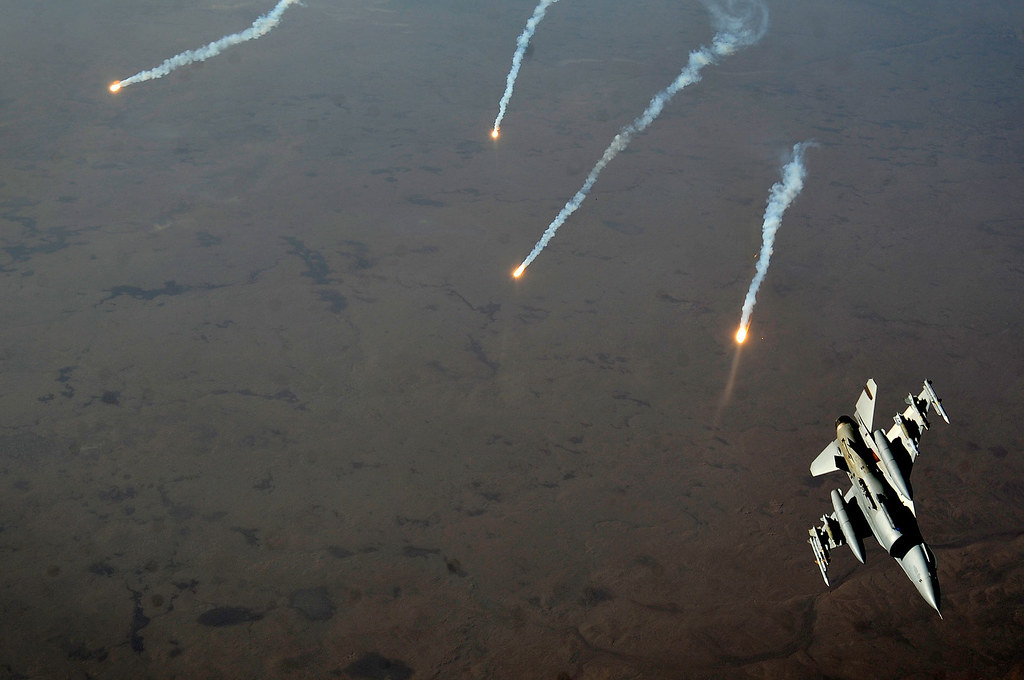
The F-16 Fighting Falcon, a workhorse of the United States Air Force for five decades, continues to soar through the skies despite the advent of more advanced stealth fighters.

The F-16, which lacks the stealth capabilities of its fifth-generation counterparts, still maintains a vital role in modern airforces across the globe. Its agility, speed, and multirole functionality ensure its position as a reliable and cost-effective asset in various defense scenarios.

The F-16, renowned for its innovative features such as a frameless bubble canopy, side-mounted control stick, and fly-by-wire system, has demonstrated an impressive combat record over the years.

With over 4,600 F-16s built, and 2,145 currently operational worldwide, this jet’s capability and adaptability have been proven time and again in air-to-air combat and precision strike missions.

Despite its non-stealth design, the F-16 remains a critical supplement to the air superiority and ground strike missions carried out by the more advanced F-22 and F-35 fighters.

The versatile F-16 takes on lower-priority tasks such as homeland and base defense, enforcing no-fly zones, and deploying standoff weapons in support of the front-line stealth fighters. This allows the more sophisticated aircraft to focus on more demanding roles and enhances overall war efforts.

Lockheed Martin has continued to modernize the F-16, ensuring it stays relevant in contemporary air warfare. The aircraft has received numerous upgrades, such as advanced avionics, radar systems, and weaponry.

The latest variant, the F-16V, continues to attract international interest for countries seeking a battle-tested and reliable platform.

The F-16’s cost-effectiveness adds to its appeal. It costs half as much as the F-15 Eagle, providing a high level of performance while being affordable for countries with tighter defense budgets.

Furthermore, its widespread adoption has fostered international partnerships and collaborations, with shared training programs and interoperability among allied nations relying on this fighter jet.

While it’s true that stealth technology has become a critical factor in modern aerial warfare, the U.S. is developing secretive new warplanes designed to counter the evolving threats posed by Chinese and Russian advancements.

New fighters and bombers, along with hypersonic drones, are in the works to ensure air superiority in the future. These programs emphasize the importance of stealth and advanced propulsion systems, indicating the direction of future combat aircraft development.

Yet, while the future of aerial warfare will likely rely heavily on stealth and hypersonic technologies, the maintenance demands of such aircraft are considerable. The F-35, for example, faces a maintenance burden with critical failures every 11 flight hours and extensive maintenance requirements on airframe, engine, and systems.

In comparison, the F-16, with its simpler design and less demanding maintenance needs, continues to offer a compelling option for air forces around the world. It represents a balance between capability and sustainability, especially as the U.S. and other nations grapple with the complexities and costs of maintaining stealth fighters.

As we celebrate the F-16’s fifty years of service, it remains a symbol of excellence in military aviation. While the future may belong to stealth and hypersonic technology, the F-16 Fighting Falcon’s adaptability, cost-effectiveness, and combat success ensure its continued relevance in a rapidly evolving aerospace landscape.

